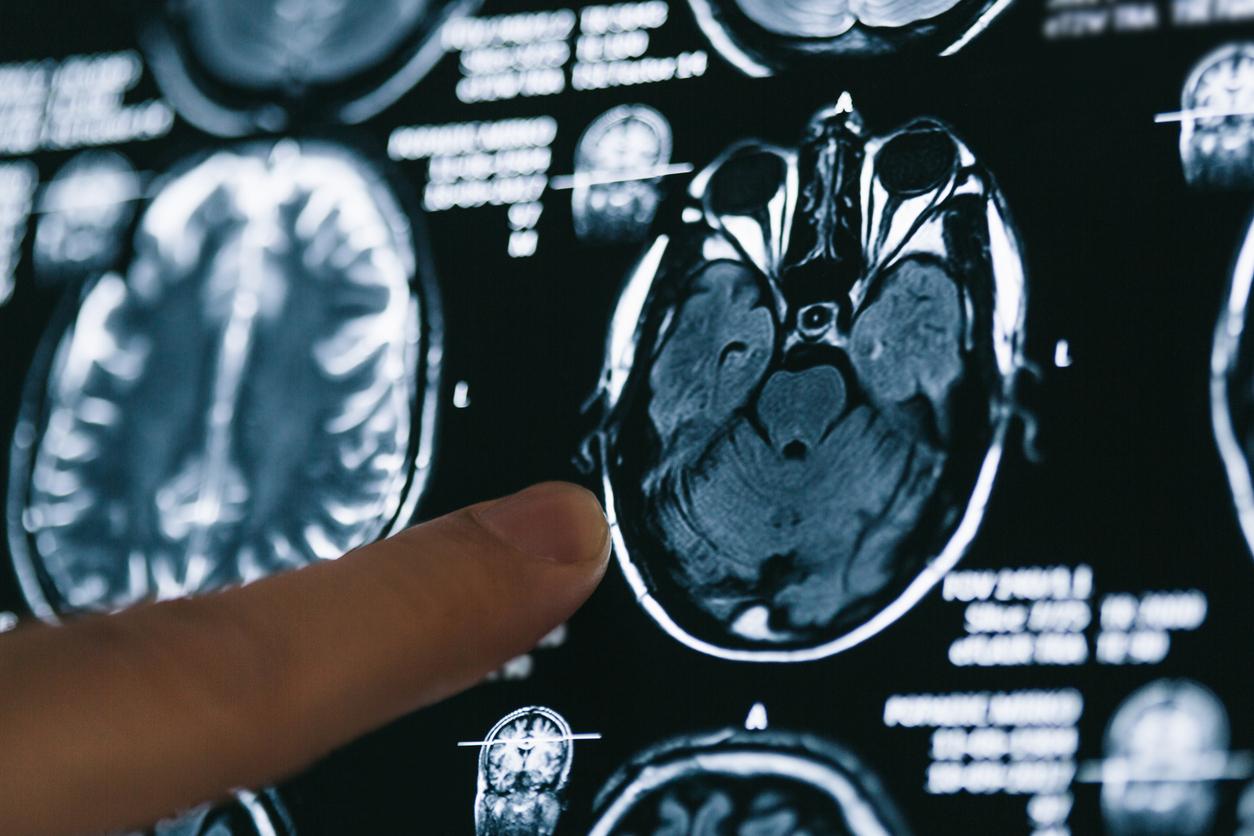A team from the University of Geneva Medical School (Switzerland) recently identified genetic mutations at the origin of the onset of acute lymphoblastic leukemia, the most common form of leukemia in children.
To arrive at such results, the researchers studied the genome of 42 children, including 39 children with Trisomy 21. They are indeed more at risk of contracting leukemia than other children. They then focused on the expressed part of children’s genes, which constitutes only 1.5% of all genes.
Scientists then discovered that when two genes called RAS and JAK were mutated, they caused the transformation of blood cells into cancer cells.
Thus, the presence of a mutation in JAK or RAS induced the development of leukemia in 2/3 of cases (36% of patients for the RAS gene, 28% of patients for JAK). However, the two mutations are mutually exclusive: it is not possible to have both genes mutated at the same time.
Thanks to these findings, the research team was able to feed current knowledge on the underlying causes of this type of leukemia, and hopes to soon be able to develop a more suitable and therefore more effective treatment.
Acute lymphoblastic leukemia results in the uncontrolled multiplication of lymphoblasts, the future lymphocytes (a type of white blood cell) in the body, within the bone marrow. Too many abnormal lymphoblasts then prevent the bone marrow from functioning properly and producing normal blood cells.
If it is rare in adults, it is the most common leukemia in children. In Europe, 5,000 new cases are thus diagnosed each year.
Source:
Frequent cases of RAS-mutated Down syndrome acute lymphoblastic leukaemia lack JAK2 mutations, published on August 8, 2014 in Nature Communications
















